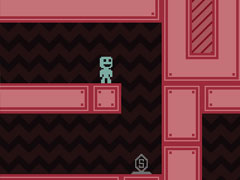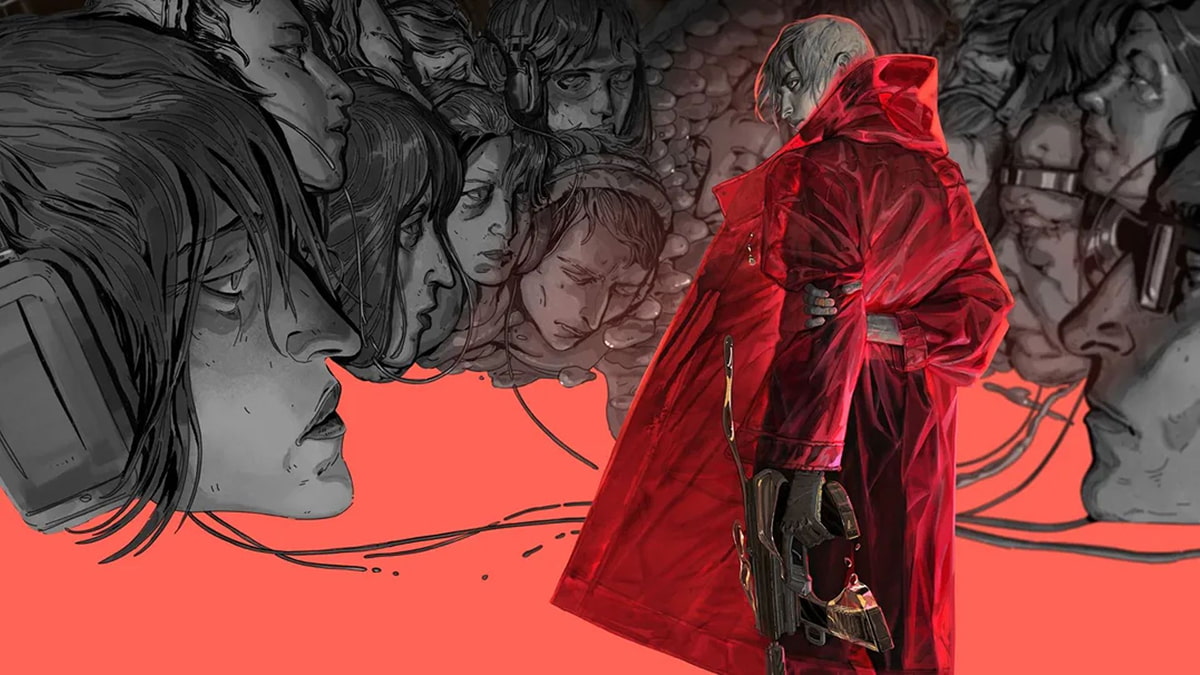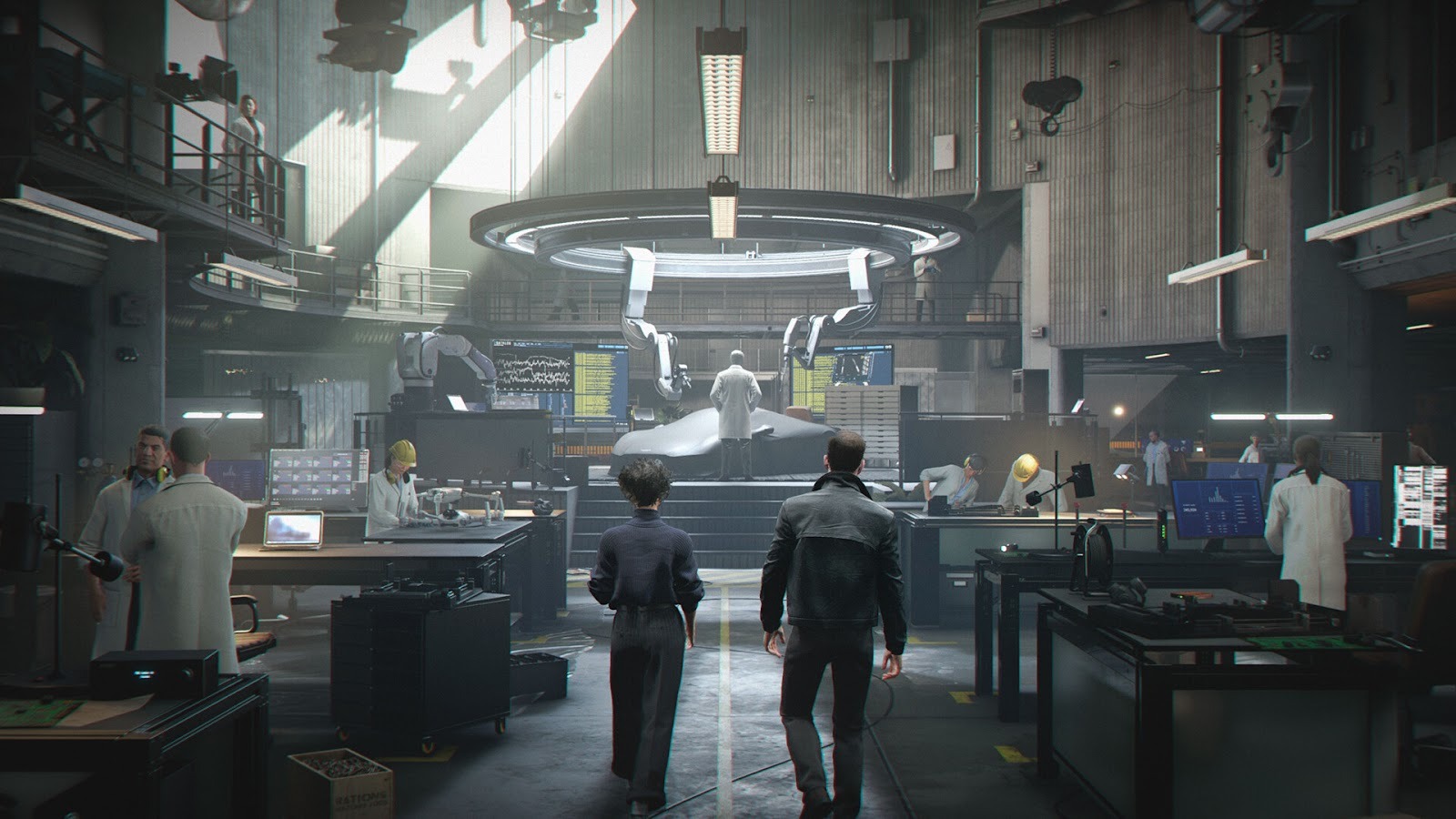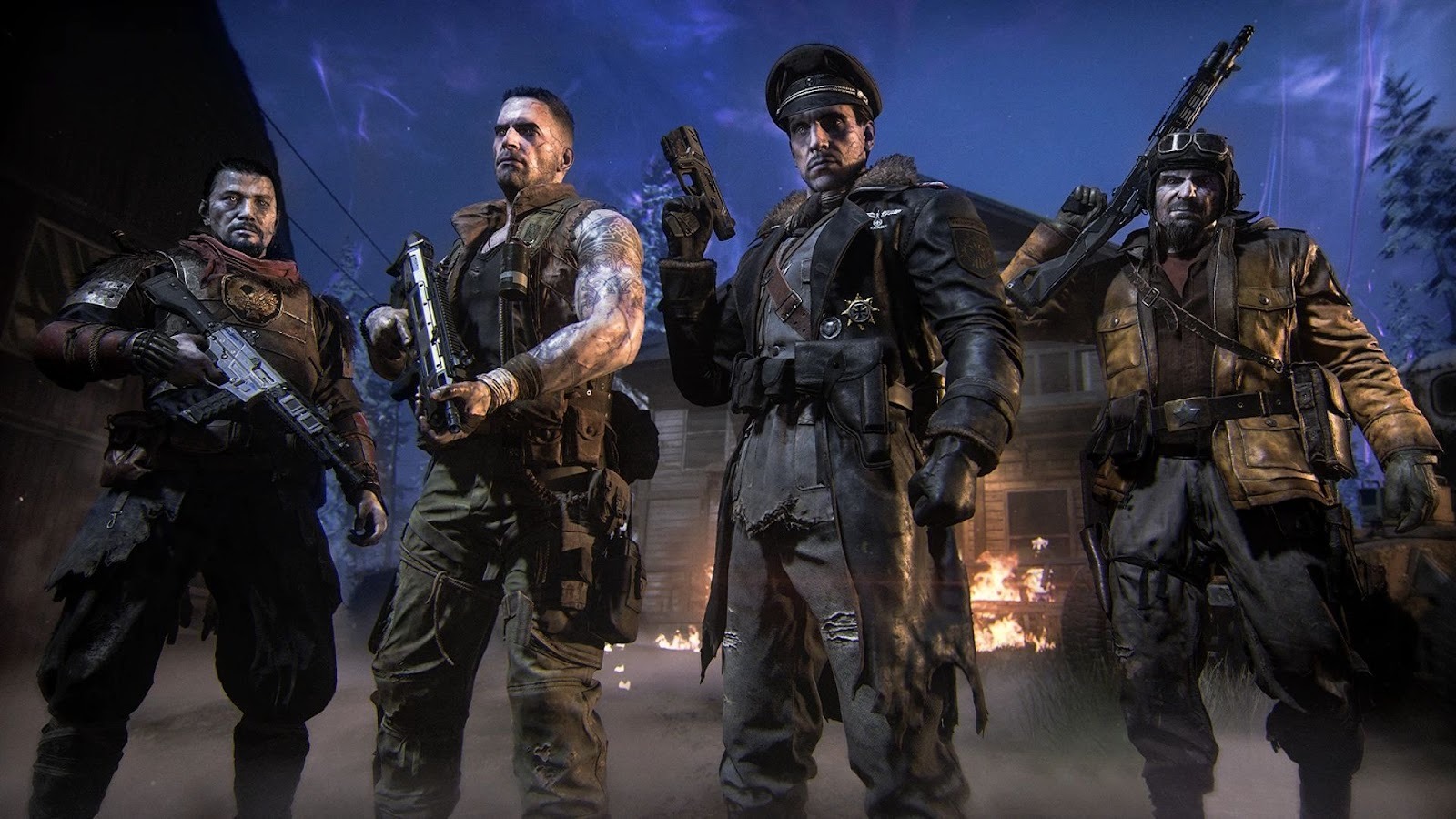You can trust VideoGamer. Our team of gaming experts spend hours testing and reviewing the latest games, to ensure you're reading the most comprehensive guide possible. Rest assured, all imagery and advice is unique and original. Check out how we test and review games here
Our Game of the Year list represents the thoughts of the VideoGamer.com hive mind, but what about the individual titles which slipped through the cracks? Our Staff Picks might not be GOTY material, usually because they’re deeply flawed in certain areas, but they still managed to strike a chord with us in some way. Today, Martin talks about VVVVVV…
While everyone and their accompanying chiptune entourage are off aping a romanticised vision of the 16-bit era, VVVVVV quite fancies a go at the Commodore 64. Games didn’t actually look like this in 1982, of course, but Terry Cavanaugh does a good job of evoking the spirit with those unremittingly black backgrounds, flickering to signify damage, and a palette of about 16 colours.
Of course, I’m guessing all this. I wasn’t even born until 1986, and I’ve never even seen a Commodore 64 in real life, so bugger knows what the world was like back then. None of it really matters; underneath its blocky veneer, VVVVVV is all achingly modern.
VVVVVV touched me like few games do: in my special place. Everyone has one, of course, but the beauty is that they’re all different. Regular readers of the site will know I tend to go gooey for bastard hard difficulty levels and anything that lines up with my vision of games as a challenge demanding to be mastered. This game certainly ticks those boxes.
I like that it’s difficult but not frustrating. That’s a key point in understanding the mechanics of games. Far too many people act like the two are intertwined, and this is something that really needs to be cleared up. If you get killed by an invisible death trap and have to replay four minutes of progress because of lacklustre checkpointing, that’s bloody frustrating, but it’s not difficult; you simply memorise the location of the hindrance and dodge it next time around, vaulting over it with a simple jump.
VVVVVV doesn’t resort to such trite mechanics. Its platforming challenges are nimble, frequent and dextrous, but a checkpoint at the start of each hurdle – and a total absence of loading screens – means you’re painlessly reset at the start of each obstacle, over and over and over. They’re all gleefully charming, too, effortlessly playing around with all the genre conventions we’ve seen time and time again over the past two decades.
Your conduit for getting through all these spike-topped corridors is Captain Viridian, your basic kind of hero who can only move left and right. One button – the game’s neat trick – causes him to flip and glide vertically through the air until his feet land on another solid surface. That’s all there is to it.
Viridian’s an interesting one. For a character composed of only two graphical states he’s got an awful lot of personality. Most of the time he’s got a perma-smile etched across his noggin, effortlessly showing his rugged leadership qualities by beaming optimistic rays of happiness out of his dome, despite being trapped in an alternate dimension. When he dies – which happens a lot – his eyes drop and he flashes out of existence with a saddening frown (poor Viridian!). And then he’ll pop back on the screen, grinning like a Cheshire cat as usual.
The gist, then, is to manoeuvre the lovable blob through the game’s six colour-coded zones while flipping your way across heaps of spikes and other nasties – such as loudspeakers shooting thick, solid LIES as projectiles. Each room has its own (often amusing) name, proudly displayed at the bottom of the screen, which has an allure in itself. But muscle memory is the greatest attraction, and the only way to succeed is by repeating instances enough times that they become effortless reflex actions. That’s why it’s difficult, but the immediacy and frequency of its checkpointing ensure it’s never frustrating.
There’s nothing particularly clever about VVVVVV: there are none of the portentous qualities of Braid or Limbo, and it doesn’t quite have the bombast of Super Meat Boy. Still, it’s the indie game equivalent of a catchy pop tune, and the whole package has a pleasing spring in its step which makes it worthy of attention. Cavanaugh’s focus on detail is meticulous, too, and there’s not a duff challenge in the whole pack – that should surely count for something, no?
It’s not a long game, either: I completed it in just shy of three hours. But I also died 1040 times. Still, the game makes death so fundamental to the process, and subsequently the enjoyment, that it’s never really a problem. The saccharine colours, infectious soundtrack and playful platforming worm their way into your affections – like an especially virulent strain of toxoplasmosis having a day-glo rave in your brain.
All this excludes one room, however – Veni, Vidi, Vici. You’ll know it if you’ve played it; it’s the one where you have to flawlessly glide up a series of increasingly narrow corridors, which loosely resemble a crocodile’s jaw, without making any mistakes. It’s a bonus room, not required to progress in the game, and the only reward for its completion is a shiny trinket. The only thing I have to say about Veni, Vidi, Vici is that it can sod right off. I’m still frustrated that I’ve never been able to do it.
VVVVVV won’t be for everyone, of course; I doubt any indie game about a block of jagged pixels with a smiley face will ever have mass appeal. Still, it’s dirt cheap and it pisses over almost everything else that’s been made in 2010.
For more end of year content, head over to our Game of the Year 2010 hub.






